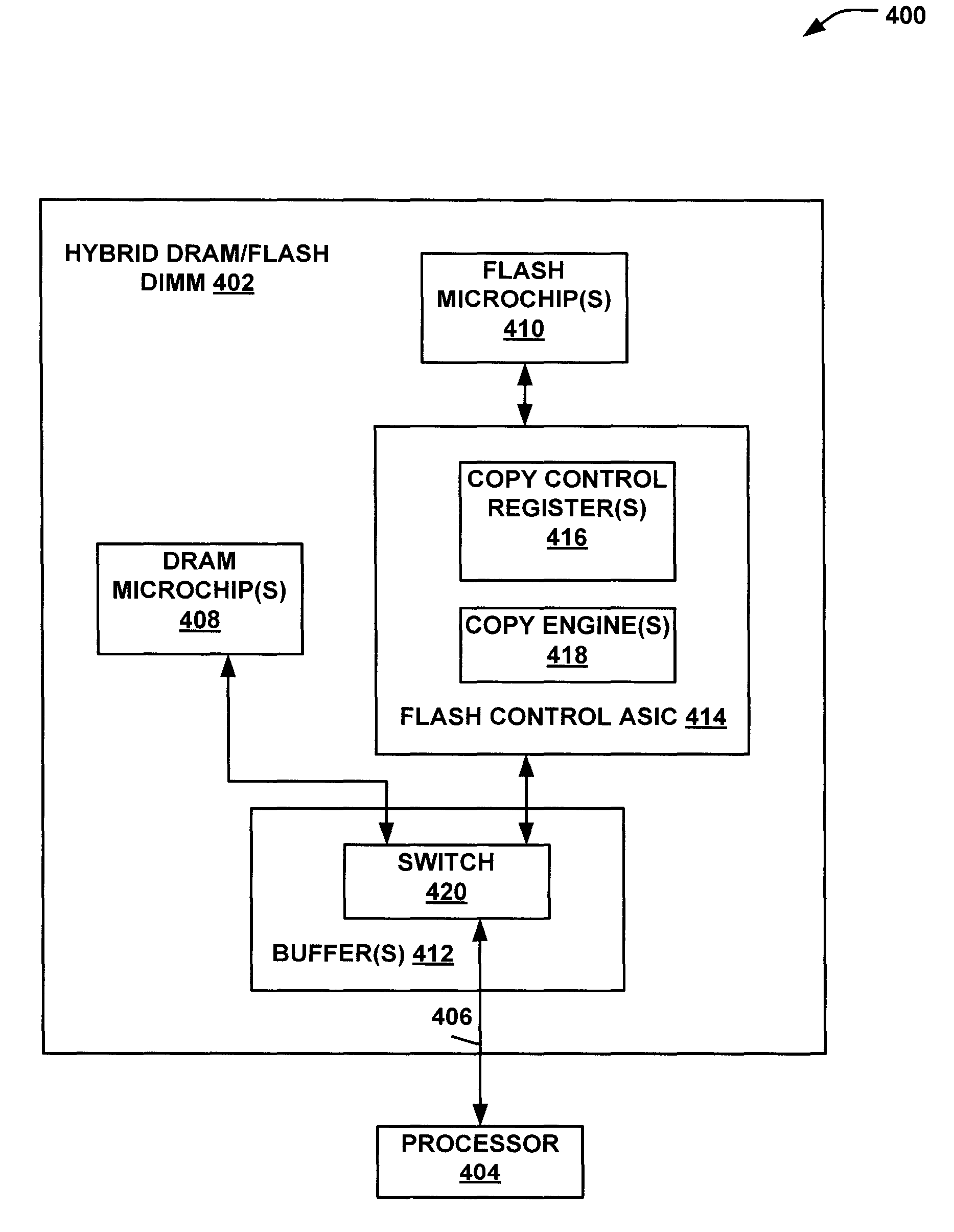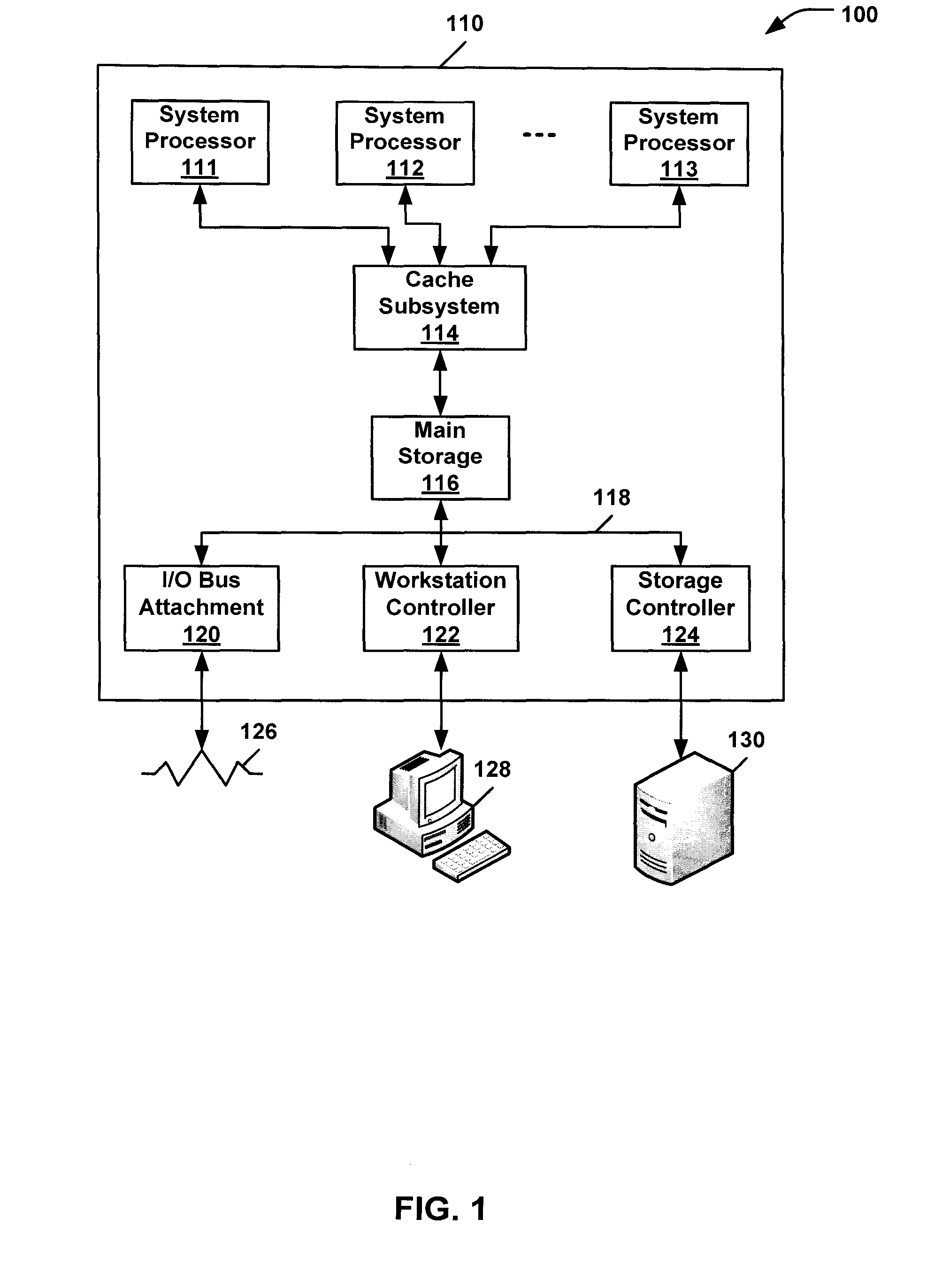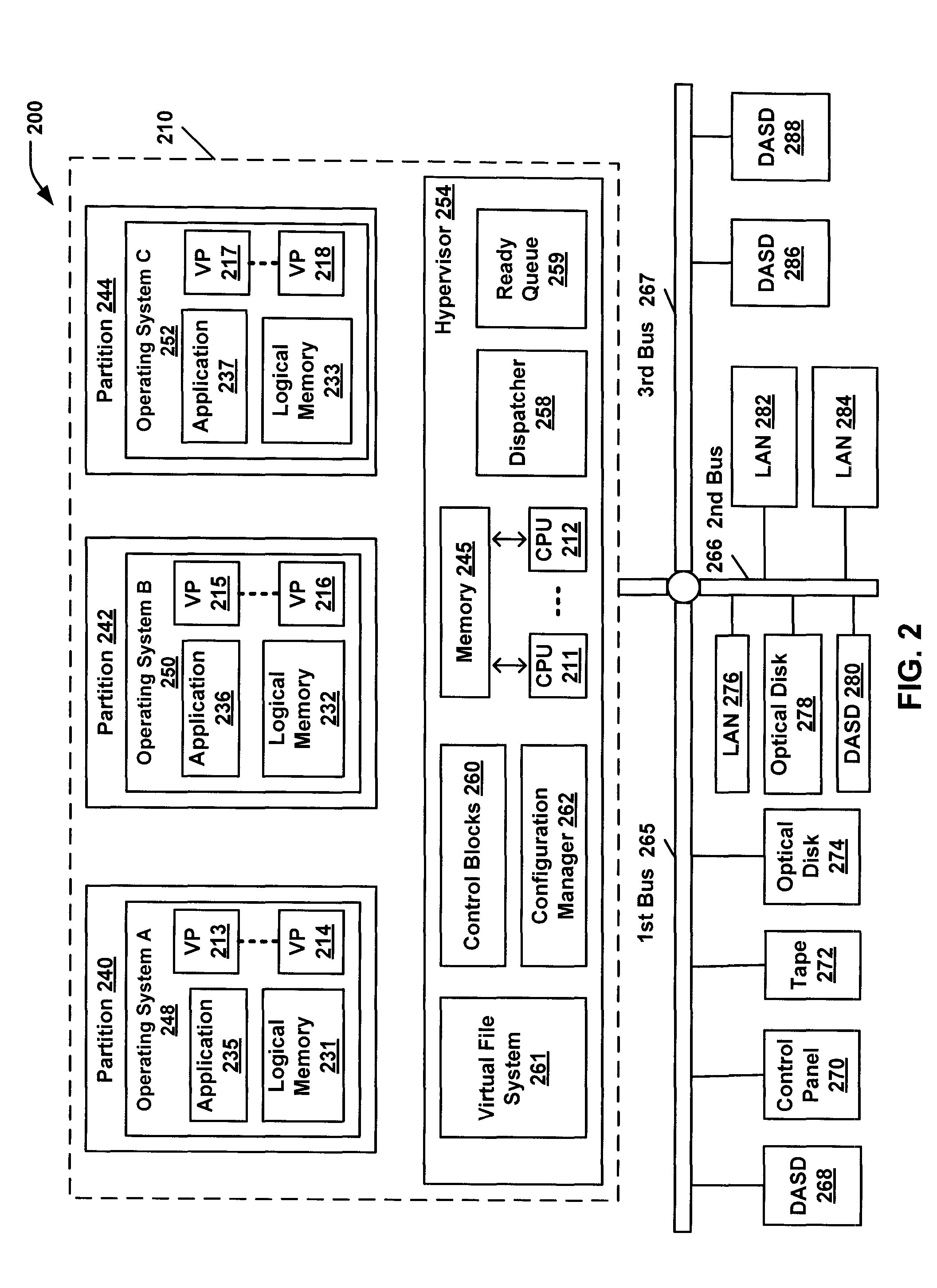Flash memory dual in-line memory module management
a memory module and flash memory technology, applied in the field of system and a method managing access to memory, can solve the problems of too slow to be accessed by dimm processors without incurring delays, reads and writes can consume processing cycles and memory bus bandwidth, and achieve the effects of increasing system performance, reducing power consumption, and increasing work capacity
- Summary
- Abstract
- Description
- Claims
- Application Information
AI Technical Summary
Benefits of technology
Problems solved by technology
Method used
Image
Examples
Embodiment Construction
[0014]A dual in-line memory module (DIMM) may be a hybrid of both flash and dynamic random-access memory (DRAM). The DRAM address range may be accessed as standard coherent memory. Flash memory data may be read as non-coherent memory and moved to the DRAM coherent address range to be used as coherent memory by the server. Flash memory DIMM implementations may include buffer chips on the memory bus interface to hide the increased loading of the flash memory. The transfer of data may not use cycles of a central processing unit (CPU) or add traffic to the memory bus to which the DIMM is attached. The cycles of the CPU may thus be available to do work other than copying data. A server or other computing system may be enabled to continue accessing data from the other DIMMs on the memory bus.
[0015]An embodiment may leverage features of a hybrid flash / DRAM DIMM architecture by adding a data path that is internal to the DIMM. For example, an illustrative data path may be added behind the bu...
PUM
 Login to View More
Login to View More Abstract
Description
Claims
Application Information
 Login to View More
Login to View More - R&D
- Intellectual Property
- Life Sciences
- Materials
- Tech Scout
- Unparalleled Data Quality
- Higher Quality Content
- 60% Fewer Hallucinations
Browse by: Latest US Patents, China's latest patents, Technical Efficacy Thesaurus, Application Domain, Technology Topic, Popular Technical Reports.
© 2025 PatSnap. All rights reserved.Legal|Privacy policy|Modern Slavery Act Transparency Statement|Sitemap|About US| Contact US: help@patsnap.com



